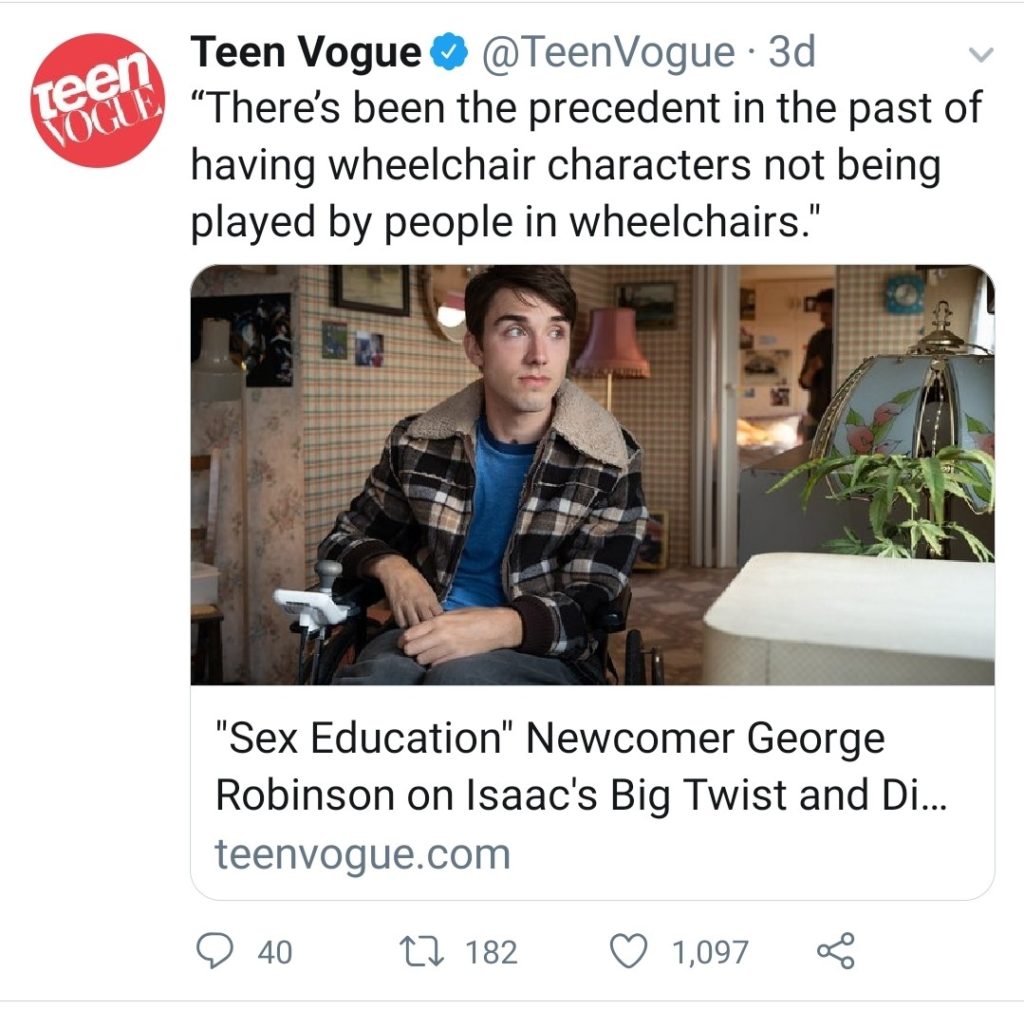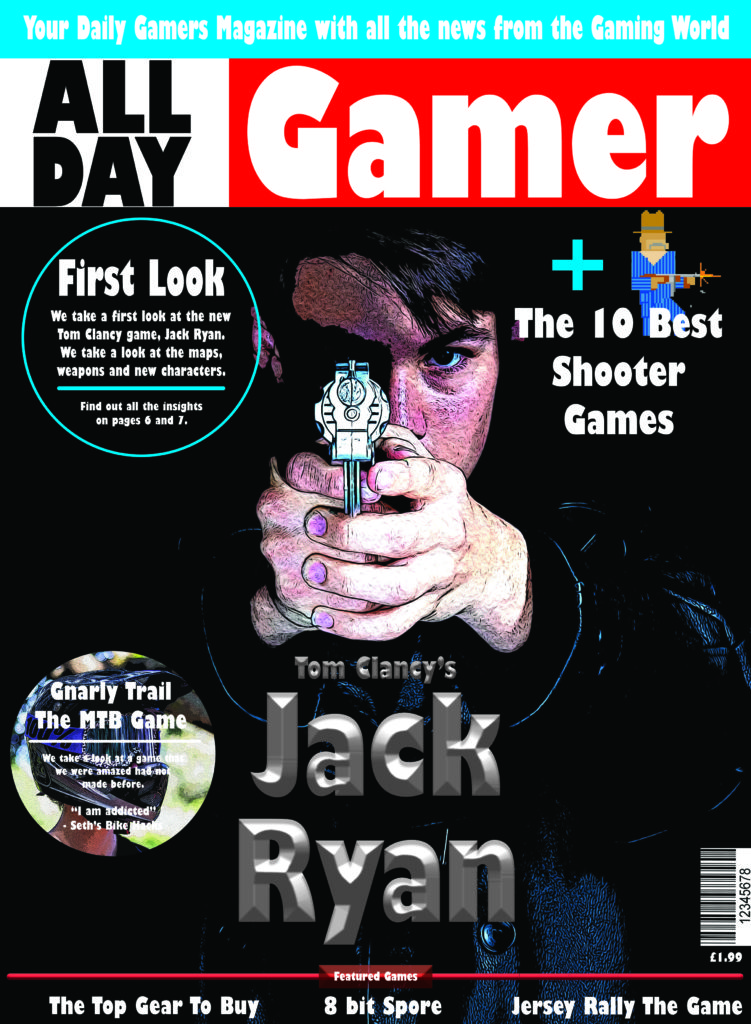Background
Radio is an old media format that started commercially in 1900. Around this time WW1 was about to start as tension grew.
War of the Worlds began just after the: 1930 great depression, nazi uprising, rising of Stalin, rising of Mussolini.
10 Facts about War of the Worlds
- It was an American radio drama anthology series
- It was directed and narrated by actor and future filmmaker – Orson Welles – He directed Citizen Kane
- It was an adaptation of H. G. Well’s novel – War of the Worlds (1898)
- It first aired on 30th October 1938 between 8-9pm – it is estimated that 32 million people were listening in on radios
- It was broadcast from Columbia Broadcasting Building, 485 Madison Avenue, New York
- The executive producer was Taylor Davidson (CBS)
- The producers were John Houseman, Orson Welles, Paul Stewart (associate producer)
- “It was an anti-war show” – Debra Sanders
- It is a hybrid genre
- It was a halloween special (when they started it)
Useful People and Quotes
Andrew Crissell wrote a book called “Understanding Radio”. He says that “radio is a blind media”, so we have to imagine an image in our heads.
Fake news is not new however War of the Worlds was fake news. J. McDougall says “hard times are a breeding ground for misinformation” which basically says fake news is more accepted and spreads faster in hard times.
- “the same trajectory that manifests itself in the moral panic we are addressing here, in fake news.”
- “CBS broadcast a disclaimer prior to the narrative starting, stating clearly that this would be fiction, but a significant section of the audience switched channels too late and ‘the rest is history’ – a classic ‘moral panic'”
- Other media outlets exaggerated it – “with claims about evacuations, heart attacks and suicide attempts”
Stanley Cohen wrote a book called “Folk Devils & Moral Panics”. He said that ‘moral panics’ were all caused by the media.
SOCIAL, POLITICAL, HISTORICAL, CULTURAL
War of the Worlds can be considered in a historical context as it provides an interesting study of the power and influence of radio as a form during its early days of broadcasting. It is also useful to consider the product in a social, cultural and political context when considering audience responses to the programme. It was first broadcast on the eve of World War II and reflected fears of invasion in the US and concerns about international relations.
“I’ve always said you can’t understand the world without the media nor the media without the world” (Professor Natalie Fenton, quoted in Fake news vs Media Studies J. McDougall p.17 2019, Palgrave)











